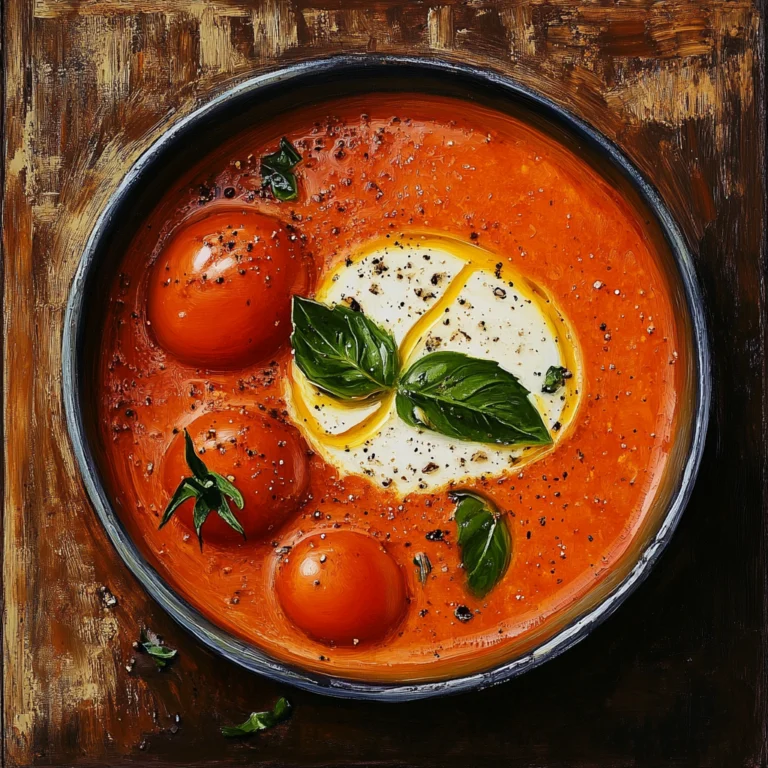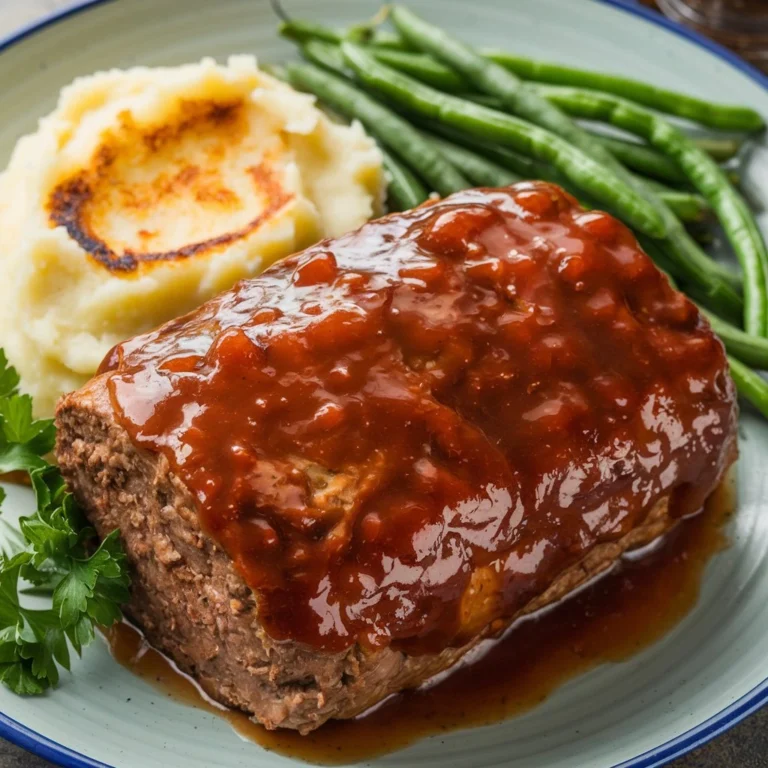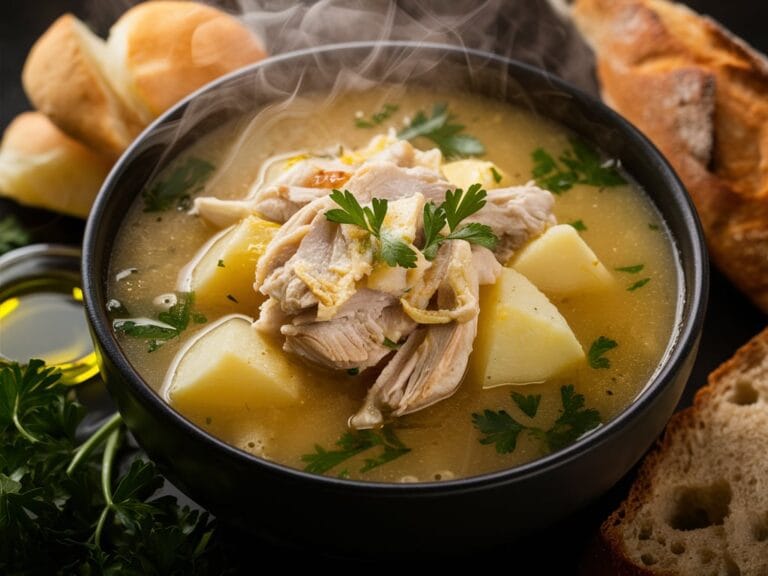What to Add to Alfredo Sauce: Best Ingredients for Better Flavor and Creaminess
What to Add to Alfredo to Make It Good?
Alfredo sauce is one of the most beloved and versatile sauces in Italian cuisine. It’s rich, creamy, and indulgent, often used as the base for comforting pasta dishes. However, many times, store-bought Alfredo or even homemade versions can lack the depth and complexity of flavor that makes this sauce truly shine. If you’ve ever found yourself asking “What can I add to Alfredo to make it good?”, you’re in the right place.
This comprehensive guide will explore the different ingredients and techniques you can use to enhance your Alfredo sauce, making it not only delicious but also versatile enough to suit various tastes and dietary preferences.
Why Alfredo Sauce Needs Enhancement
Before diving into the specifics of what to add to Alfredo to make it good, it’s essential to understand why this sauce often benefits from additional ingredients.
1. Lack of Depth in Store-Bought Alfredo
Store-bought Alfredo sauces can often be bland or one-dimensional. They typically contain preservatives, stabilizers, and cheaper ingredients like palm oil instead of authentic dairy products like butter and Parmesan cheese. This leads to a sauce that lacks the creaminess and rich flavor of homemade Alfredo.
2. Homemade Alfredo Can Be Too Rich
Even if you’re making Alfredo from scratch, the classic recipe — which involves butter, heavy cream, and Parmesan cheese — can be overwhelmingly rich. Without some acidity or added flavors, Alfredo can taste too heavy, especially when paired with pasta, which also contributes to the dish’s overall weight.
3. Limited Ingredient Variety
A basic Alfredo sauce contains only a few core ingredients. While delicious, it doesn’t offer much variety in terms of texture or flavor complexity. By adding just a few complementary ingredients, you can create a dish that’s balanced, flavorful, and satisfying.
Key Ingredients to Add for Flavor Enhancement
Whether you’re starting with a store-bought jar or whipping up a homemade batch, these ingredients can turn a good Alfredo sauce into an outstanding one.
1. Garlic and Shallots
- Garlic: Freshly minced or roasted garlic is one of the simplest ways to add savory depth to Alfredo sauce. Garlic introduces a rich, aromatic base that enhances the sauce’s creamy elements. For a deeper flavor, consider roasting whole garlic cloves before incorporating them into your sauce.
- Shallots: Milder than onions, shallots bring a subtle sweetness and complexity to Alfredo. Dice them finely and sauté in butter before adding to your sauce for an extra layer of flavor.
These aromatic ingredients not only add flavor but also contribute to the sauce’s overall texture. Sautéing garlic and shallots in butter or olive oil first allows their natural sugars to caramelize, further enhancing the sauce’s complexity.
For another flavor-packed recipe that relies on the richness of garlic, you can check out this garlic parmesan chicken pasta.
2. Fresh Herbs and Spices
Adding fresh herbs and spices can drastically improve your Alfredo sauce. Herbs provide a burst of freshness that balances out the sauce’s creamy richness.
- Basil: Fresh basil adds an aromatic, slightly sweet flavor that pairs beautifully with the richness of Alfredo. Tear the leaves and stir them into the sauce right before serving for the best results.
- Oregano: Dried or fresh oregano brings a slightly peppery and bitter taste, giving the sauce a more Italian flair.
- Parsley: A must for Alfredo, parsley adds a bright, slightly bitter note that cuts through the creaminess.
- Thyme: Fresh or dried thyme can add earthy undertones, enhancing the depth of your Alfredo sauce.
Spices like black pepper and red pepper flakes are essential for adding heat and warmth to the sauce. Red pepper flakes, in particular, can bring a subtle kick of heat that helps balance out the richness.
Additionally, a pinch of nutmeg is a traditional yet often overlooked addition to Alfredo sauce. Nutmeg enhances the creaminess and adds a warm, slightly sweet undertone that elevates the overall flavor.
3. Enhancing Creaminess and Texture
To make your Alfredo sauce creamier and more luxurious, consider incorporating these ingredients:
- Cream Cheese: Adding cream cheese will not only thicken the sauce but also give it a smoother, velvety texture. It’s a popular addition for those who like their Alfredo extra creamy.
- Heavy Whipping Cream: Replacing part of the cream with heavy whipping cream creates a more luscious texture, making the sauce ideal for coating pasta.
- Mascarpone Cheese: This Italian cream cheese can be used in place of Parmesan for a creamier, more delicate Alfredo sauce.
More Parmesan cheese or other hard cheeses like Pecorino Romano can add extra sharpness and a nutty depth to the sauce. When using Parmesan, make sure it’s freshly grated as pre-grated varieties often contain anti-caking agents that don’t melt well.
If you’re exploring other creamy dishes, you might also enjoy this recipe for zucchini mushroom dishes, which shows how creaminess pairs well with fresh vegetables.
Making Alfredo More Complex with Acidity and Balance
One common issue with Alfredo sauce is that it can feel too rich and one-dimensional. To counteract this, a small amount of acid can brighten the sauce and cut through its heaviness.
1. Adding Wine or Lemon
- White Wine: A dry white wine such as Sauvignon Blanc or Pinot Grigio can add depth to Alfredo sauce, giving it a subtle acidity that balances the rich cream. Add the wine early in the cooking process and allow it to reduce slightly before adding the cream and cheese.
- Lemon Juice: A few teaspoons of fresh lemon juice can bring brightness and a slight tang to your Alfredo sauce. The acid helps to balance the creaminess and enhance the overall flavor.
Lemon juice is particularly effective when making a lighter Alfredo sauce or when paired with vegetables like broccoli or asparagus. It’s also an excellent complement to seafood Alfredo, particularly dishes with shrimp or scallops.
2. Using Vinegars
For an even more robust punch of acidity, consider adding a splash of balsamic vinegar or white wine vinegar. These vinegars can bring out the sauce’s underlying flavors without overwhelming the creaminess.
When using vinegar, add it toward the end of the cooking process, and be careful not to add too much as it can easily overpower the sauce.
Adding Vegetables for Texture, Flavor, and Nutrition
One of the easiest and healthiest ways to improve Alfredo sauce is by adding vegetables. Vegetables not only provide a contrast in texture but also add layers of flavor and extra nutrients to the dish.
1. Leafy Greens and Crunchy Vegetables
- Spinach: Stirring fresh spinach into Alfredo sauce adds a boost of vitamins and minerals, while also cutting through the richness with its mild bitterness.
- Kale: Similar to spinach, kale brings a heartier texture and an earthier flavor. Be sure to sauté or steam it first to soften the leaves.
- Broccoli: Steamed or roasted broccoli adds a delightful crunch and fresh flavor that pairs perfectly with creamy Alfredo.
- Asparagus: Grilled or steamed asparagus can be chopped and folded into the sauce, offering a mild sweetness and a crisp texture.
These vegetables provide color and contrast, making the dish feel lighter while still being comforting. For more vegetable-forward ideas, check out this healthy and delicious zucchini mushroom recipe.
2. Mushrooms for Earthy Flavor
Mushrooms, especially cremini or portobello, are fantastic additions to Alfredo sauce. Their earthy, umami-rich flavor complements the sauce’s creaminess, making the dish more robust and satisfying.
For an even deeper flavor, try sautéing the mushrooms in butter and garlic before folding them into the sauce. Caramelized onions can also be added alongside mushrooms to create a sweet-savory balance.
Mushrooms are especially good for those who prefer a vegetarian Alfredo, adding the richness and umami typically provided by meats.
Adding Protein to Make Alfredo a Full Meal
If you want to turn your Alfredo into a more substantial meal, adding protein is a great way to go. The key is selecting proteins that complement the creaminess of the sauce rather than overpowering it.
1. Classic Chicken Alfredo
- Grilled Chicken: The classic pairing with Alfredo sauce is grilled or pan-seared chicken. Chicken adds a hearty element to the dish without overwhelming the delicate balance of cream and cheese.
- Shredded Chicken: For a twist, try using shredded chicken, which creates a more rustic texture that melds with the sauce better than large chunks.
This thin chicken breast recipe offers a lighter, leaner take on chicken breast, which can work well when paired with Alfredo.
2. Shrimp Alfredo for a Seafood Twist
For those who love seafood, shrimp Alfredo is a luxurious yet easy dish to prepare. The slight sweetness and tender texture of shrimp complement the richness of the sauce.
To avoid overcooking, sauté the shrimp separately and add them to the sauce just before serving. If you’re cooking a more seafood-focused meal, check out this guide to shrimp and garlic butter recipes.
3. Bacon or Prosciutto for a Salty Crunch
Crispy bacon or prosciutto can provide a crunchy texture and salty flavor that cuts through Alfredo sauce’s richness. Crumble the bacon or slice the prosciutto thinly before adding it to the sauce or sprinkling it on top as a garnish.
If you want something even more indulgent, try pancetta, the Italian version of bacon. Its fatty, salty taste pairs exceptionally well with Alfredo, adding a delightful crispiness to every bite.
4. Sausage for Heartier Alfredo
For a heartier Alfredo, Italian sausage can be a great addition. Choose between sweet or spicy varieties, depending on your personal preference. Sausage adds an extra layer of flavor that pairs beautifully with Alfredo’s creamy texture.
When using sausage, cook it separately and crumble it into the sauce to avoid greasiness. The sausage’s spices and herbs can also enhance the sauce’s overall flavor, giving the dish a more complex taste.
Cheeses to Pair with Alfredo Sauce
One of the best things about Alfredo sauce is that it’s a blank canvas for experimenting with different cheeses. Beyond the usual Parmesan, there are several cheeses that you can add to create new flavors and textures.
1. Mozzarella and Fontina for a Creamy Texture
- Mozzarella: For those who love a gooey, stringy cheese, mozzarella is an excellent addition. While it doesn’t add much flavor on its own, it enhances the creaminess and gives the sauce a satisfying, stretchy texture.
- Fontina: Similar to mozzarella, fontina melts beautifully into Alfredo sauce, adding a mild, creamy flavor with a slightly nutty finish.
2. Gouda or Asiago for a Smoky or Tangy Twist
- Smoked Gouda: For a smoky flavor, add a small amount of smoked gouda to your Alfredo. This cheese brings a unique depth and richness that can completely transform the sauce.
- Asiago: If you want a cheese that’s tangy and bold, Asiago is a great choice. It has a sharpness that pairs well with Alfredo’s creaminess and adds a nice kick.
These cheeses can be used in combination with Parmesan or even in place of it, depending on your preference. Feel free to experiment with ratios to find the perfect blend for your taste.
Unexpected Flavor Combinations
If you’re looking to take your Alfredo sauce to the next level with some unexpected twists, these ingredients are sure to surprise and delight.
1. Pesto for Herby Brightness
Adding pesto to Alfredo sauce gives it a fresh, herby punch that pairs well with both chicken and vegetables. The basil, garlic, and Parmesan in pesto complement Alfredo sauce’s creaminess without overpowering it.
Start by stirring in a small spoonful of pesto and adjusting the amount based on taste. This combination is perfect for summer meals or when you want a fresher take on Alfredo.
2. Sun-Dried Tomatoes for Tangy Sweetness
Sun-dried tomatoes add a burst of tangy sweetness to Alfredo sauce. They also bring a chewy texture that contrasts nicely with the creaminess of the sauce.
For the best results, chop the sun-dried tomatoes finely and mix them into the sauce just before serving. You can also use sun-dried tomatoes in oil for a more luxurious texture.
3. Caramelized Onions for Sweet and Savory Depth
Caramelized onions bring out the natural sweetness of the onions, adding a complex, savory note to Alfredo sauce. The onions’ rich, slightly sweet flavor complements the creamy texture and adds an extra dimension to the dish.
To caramelize onions, cook them slowly over low heat with a little butter until they become soft, golden, and sweet. Stir them into your Alfredo sauce to add a sweet-savory balance.
Making Alfredo Sauce Healthier
While Alfredo sauce is known for its richness, it’s possible to make a healthier version without sacrificing flavor. Here are some ways to lighten up Alfredo sauce:
1. Use Greek Yogurt or Cauliflower Instead of Cream
- Greek Yogurt: Replacing heavy cream with Greek yogurt is an excellent way to cut down on fat and calories. The yogurt adds a tangy flavor that brightens the sauce and keeps it creamy.
- Cauliflower: For an even lighter version, blend steamed cauliflower into the sauce. Cauliflower creates a creamy texture without the need for extra dairy, making it ideal for those looking to reduce calories.
2. Swap Pasta for Vegetable Noodles or Whole Wheat Pasta
- Zucchini Noodles: Zucchini noodles, or “zoodles,” are a fantastic low-carb alternative to traditional pasta. Their light texture pairs well with Alfredo sauce, offering a healthier option without compromising on flavor.
- Whole Wheat Pasta: If you prefer a heartier, fiber-rich meal, swap regular pasta for whole wheat. Whole wheat pasta’s nutty flavor complements Alfredo’s richness, making the dish more filling and nutritious.
FAQs About Alfredo Sauce
1. What can I add to Alfredo sauce to make it thicker?
You can add cream cheese, a roux (made from butter and flour), or additional Parmesan cheese to thicken your Alfredo sauce. Another option is to let the sauce simmer on low heat, allowing it to reduce and naturally thicken.
2. How do I make Alfredo sauce less bland?
To make Alfredo sauce less bland, add garlic, herbs like parsley or oregano, and spices such as black pepper or red pepper flakes. For extra depth, incorporate a splash of white wine or lemon juice to brighten the flavors.
3. Can I substitute milk for cream in Alfredo sauce?
Yes, but using milk instead of cream will make the sauce less rich. To compensate, you can add extra butter and Parmesan cheese to keep the sauce creamy.
4. What protein goes best with Alfredo sauce?
Grilled chicken, shrimp, and bacon are all popular protein choices that pair beautifully with Alfredo sauce. Each adds a unique texture and flavor that enhances the dish.
5. What vegetables pair well with Alfredo sauce?
Spinach, broccoli, mushrooms, and asparagus are excellent choices for pairing with Alfredo sauce. These vegetables add color, texture, and nutrition, balancing out the richness of the sauce.
Conclusion
Alfredo sauce is a versatile and delicious base for countless dishes, but it can always benefit from some added ingredients. By incorporating garlic, herbs, cheeses, vegetables, proteins, and unexpected flavors, you can elevate your Alfredo sauce from simple to gourmet.
Whether you’re aiming for a healthier version with Greek yogurt, a heartier dish with chicken or shrimp, or something a bit more indulgent with bacon and cream cheese, the possibilities are endless.
By following the tips in this guide, you’ll not only know what to add to Alfredo to make it good, but you’ll also be able to customize it to suit any occasion or palate. Enjoy experimenting and transforming your Alfredo sauce into a dish that truly stands out!







